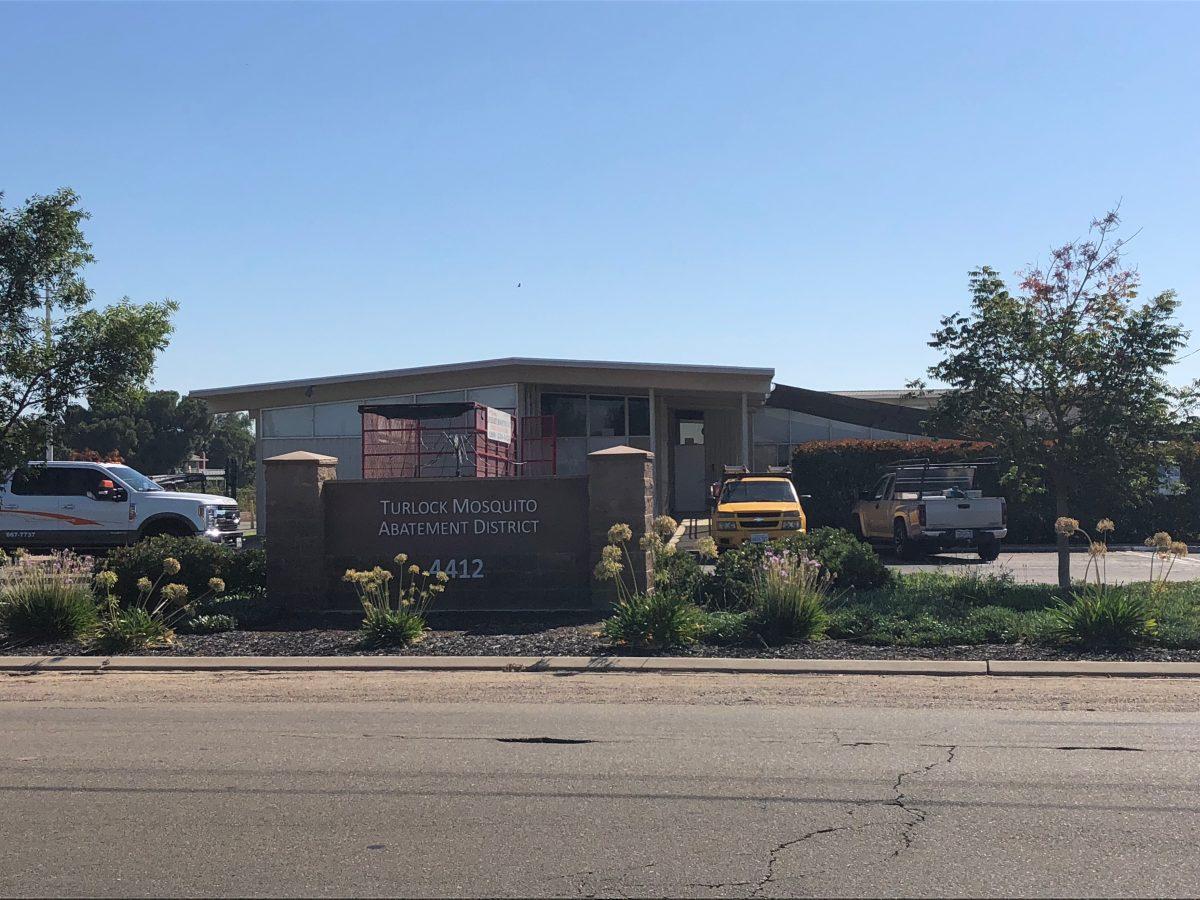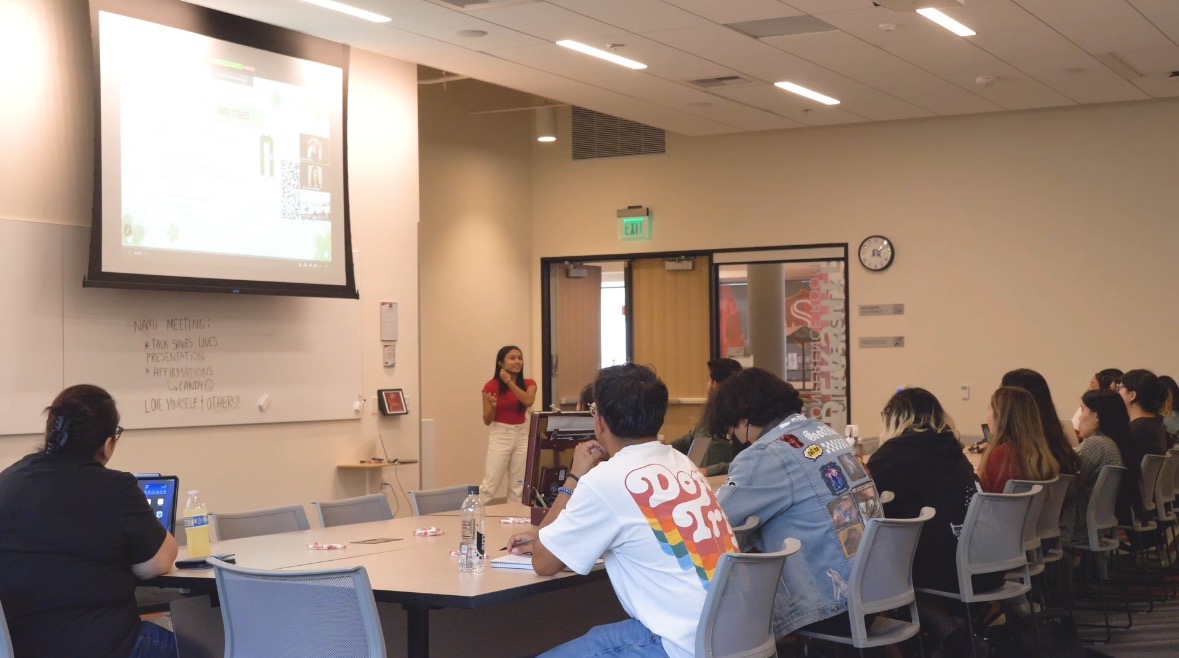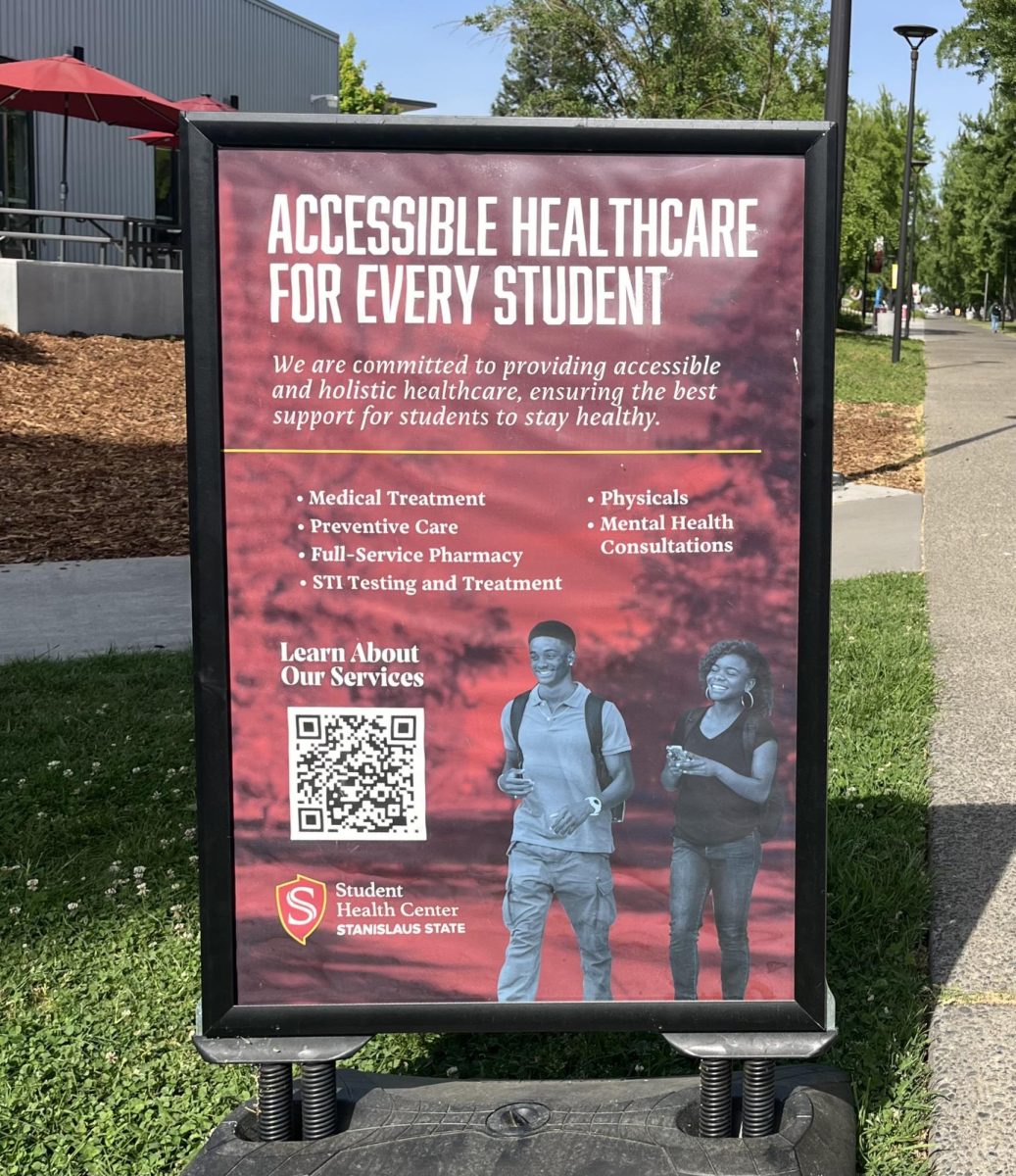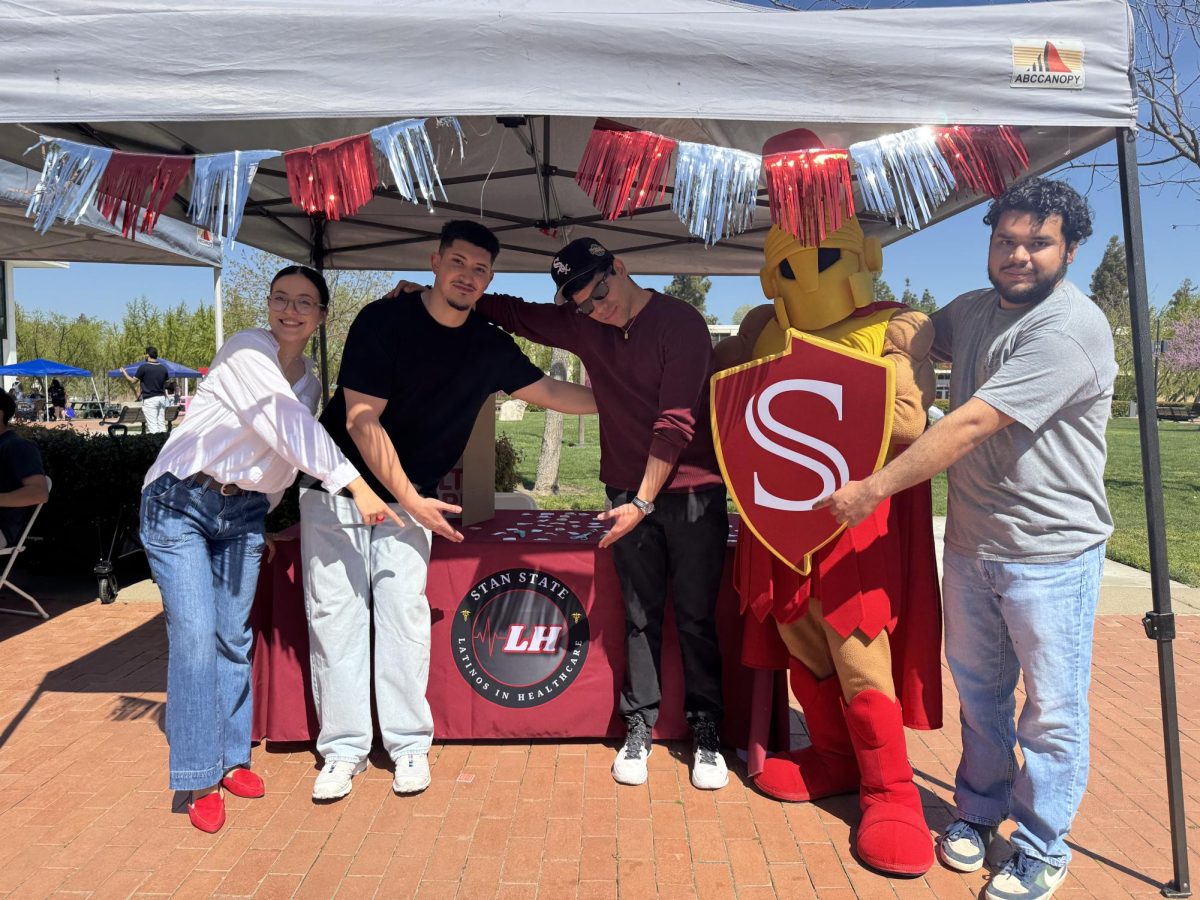The Aedes aegypti mosquito has migrated to the Central Valley, and it has brought various diseases along with it.
This particular species of mosquito has never been introduced to California’s landscape until now, which is why there is a concern for those who live in the affected area.
Monica Patterson, a vector biologist at Turlock Mosquito Abatement Center, states, “The mosquito is a transmitter of three diseases that are new to California’s environment; the diseases are zika, chikungunya, and dengue. There are very few reliable treatments for those who are infected with one of the diseases, hence the concern.”
The zika virus is the worst of the three diseases. zika has been known to primarily effect pregnant women. The virus can cause microcephaly, a birth defect that decreases the size of the fetus’ head which weakens their development.
Chikungunya and dengue inflict feelings of discomfort; high fevers and joint pain. Officials at Turlock Mosquito Abatement Center are working to contain the mosquito infestation, though the process has proven to be quite difficult.
The mosquito’s migration to the United States is due to mass human migration, oceanic trade, and climate change. Mosquitoes will attach themselves to a person and follow them where ever they go.
According to Michael Fleming, a Biology professor at Stanislaus State, “ In the 15th - 19th centuries, when the slave trade was alive and well, is certainly how this insect got from Africa to the Americas. Then in the 18th -19th centuries trades to Asia helped it expand there. In World War 2, movement of troops and supplies all over the world also played a part in establishing the now worldwide redistribution of centuries old populations of the insect.”
In the case of Aedes agypti, travelers, who returned from foreign countries, brought the mosquito along with them. Though the insect may migrate on its own terms as well.
“Now with climate change, ranges of this species are generally moving toward the Earth’s poles. It is also important to realize that increased urbanization has led to an increase of breeding sites for this species,” says Fleming.
The aedes agypti was pushed out of their habitat by a changing climate and an influx of travelers. The mosquito has now made its way to the United States.
“They’re a very subversive species, they can go underground; they can hide and lay eggs in anything as little as a bottle cap of water. They are very adaptive to our urban background,” says Paterson.
Though the insect may be difficult to remove from the Central Valley, there are steps that people can take to prevent any contact with the Aedes aegypti:
1. Dispose of any unused water containers.
2. Fill small crevices with sand.
3. Check your surroundings for hidden sources of water.
4. To protect yourself from the mosquitoes, wear long sleeve shirts and use repellent.
5. When identifying the species of mosquito, look for white markings along its legs and body.
The aedes agypti transmits the diseases from those who were originally infected with it to those who don’t have it, through its normal feeding patterns.
According to Laura Roberts, a quality improvement coordinator at the health department, “the information that we’re getting is that it’s not locally transmitted. Meaning that people who have been diagnosed with it have acquired the disease in another country.”
At this time, there have been very few zika reports in the Central Valley. The Turlock Abatement Center is monitoring the issue and updating the community with any information.
Patterson stated, “Control is the name of the game. We’ll do surveillance for them and then treat accordingly, but this is going to require different treatment than our other species because they are active during the day. They’ll require a separate application, since they’re not active at the same time as the other mosquitoes.”
Follow the guidelines listed above, and if mosquitoes are spotted in your vicinity, contact the Turlock Mosquito Abatement Center at (209) 634-1234.
This particular species of mosquito has never been introduced to California’s landscape until now, which is why there is a concern for those who live in the affected area.
Monica Patterson, a vector biologist at Turlock Mosquito Abatement Center, states, “The mosquito is a transmitter of three diseases that are new to California’s environment; the diseases are zika, chikungunya, and dengue. There are very few reliable treatments for those who are infected with one of the diseases, hence the concern.”
The zika virus is the worst of the three diseases. zika has been known to primarily effect pregnant women. The virus can cause microcephaly, a birth defect that decreases the size of the fetus’ head which weakens their development.
Chikungunya and dengue inflict feelings of discomfort; high fevers and joint pain. Officials at Turlock Mosquito Abatement Center are working to contain the mosquito infestation, though the process has proven to be quite difficult.
The mosquito’s migration to the United States is due to mass human migration, oceanic trade, and climate change. Mosquitoes will attach themselves to a person and follow them where ever they go.
According to Michael Fleming, a Biology professor at Stanislaus State, “ In the 15th - 19th centuries, when the slave trade was alive and well, is certainly how this insect got from Africa to the Americas. Then in the 18th -19th centuries trades to Asia helped it expand there. In World War 2, movement of troops and supplies all over the world also played a part in establishing the now worldwide redistribution of centuries old populations of the insect.”
In the case of Aedes agypti, travelers, who returned from foreign countries, brought the mosquito along with them. Though the insect may migrate on its own terms as well.
“Now with climate change, ranges of this species are generally moving toward the Earth’s poles. It is also important to realize that increased urbanization has led to an increase of breeding sites for this species,” says Fleming.
The aedes agypti was pushed out of their habitat by a changing climate and an influx of travelers. The mosquito has now made its way to the United States.
“They’re a very subversive species, they can go underground; they can hide and lay eggs in anything as little as a bottle cap of water. They are very adaptive to our urban background,” says Paterson.
Though the insect may be difficult to remove from the Central Valley, there are steps that people can take to prevent any contact with the Aedes aegypti:
1. Dispose of any unused water containers.
2. Fill small crevices with sand.
3. Check your surroundings for hidden sources of water.
4. To protect yourself from the mosquitoes, wear long sleeve shirts and use repellent.
5. When identifying the species of mosquito, look for white markings along its legs and body.
The aedes agypti transmits the diseases from those who were originally infected with it to those who don’t have it, through its normal feeding patterns.
According to Laura Roberts, a quality improvement coordinator at the health department, “the information that we’re getting is that it’s not locally transmitted. Meaning that people who have been diagnosed with it have acquired the disease in another country.”
At this time, there have been very few zika reports in the Central Valley. The Turlock Abatement Center is monitoring the issue and updating the community with any information.
Patterson stated, “Control is the name of the game. We’ll do surveillance for them and then treat accordingly, but this is going to require different treatment than our other species because they are active during the day. They’ll require a separate application, since they’re not active at the same time as the other mosquitoes.”
Follow the guidelines listed above, and if mosquitoes are spotted in your vicinity, contact the Turlock Mosquito Abatement Center at (209) 634-1234.












